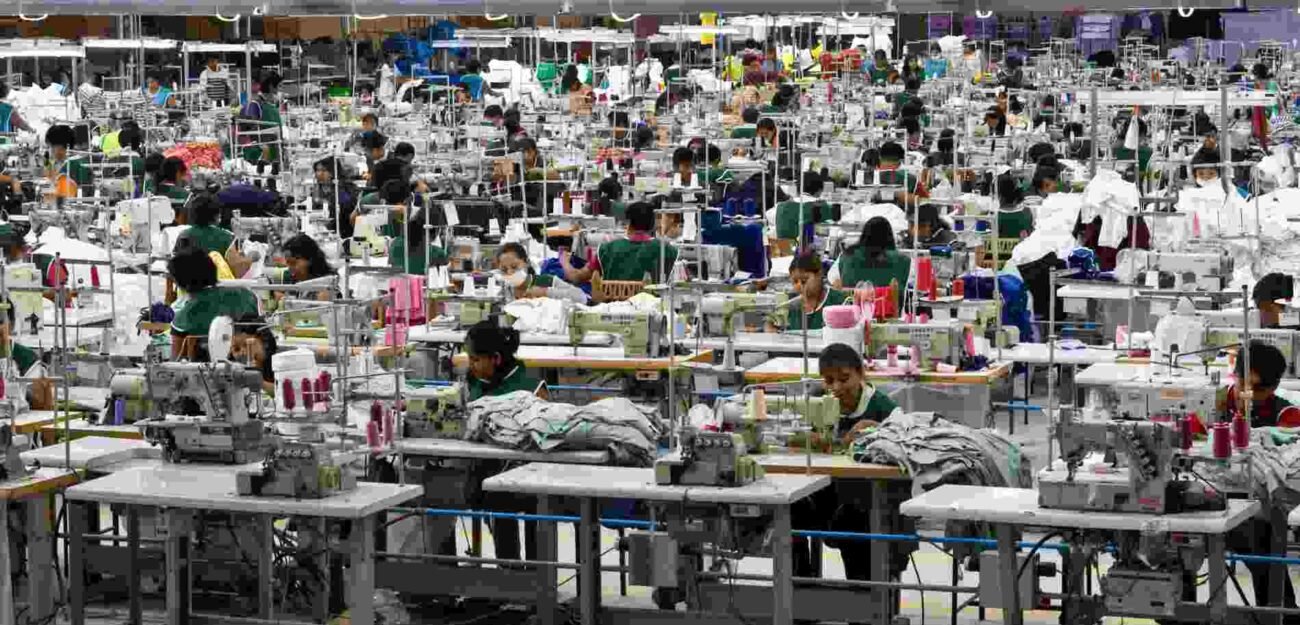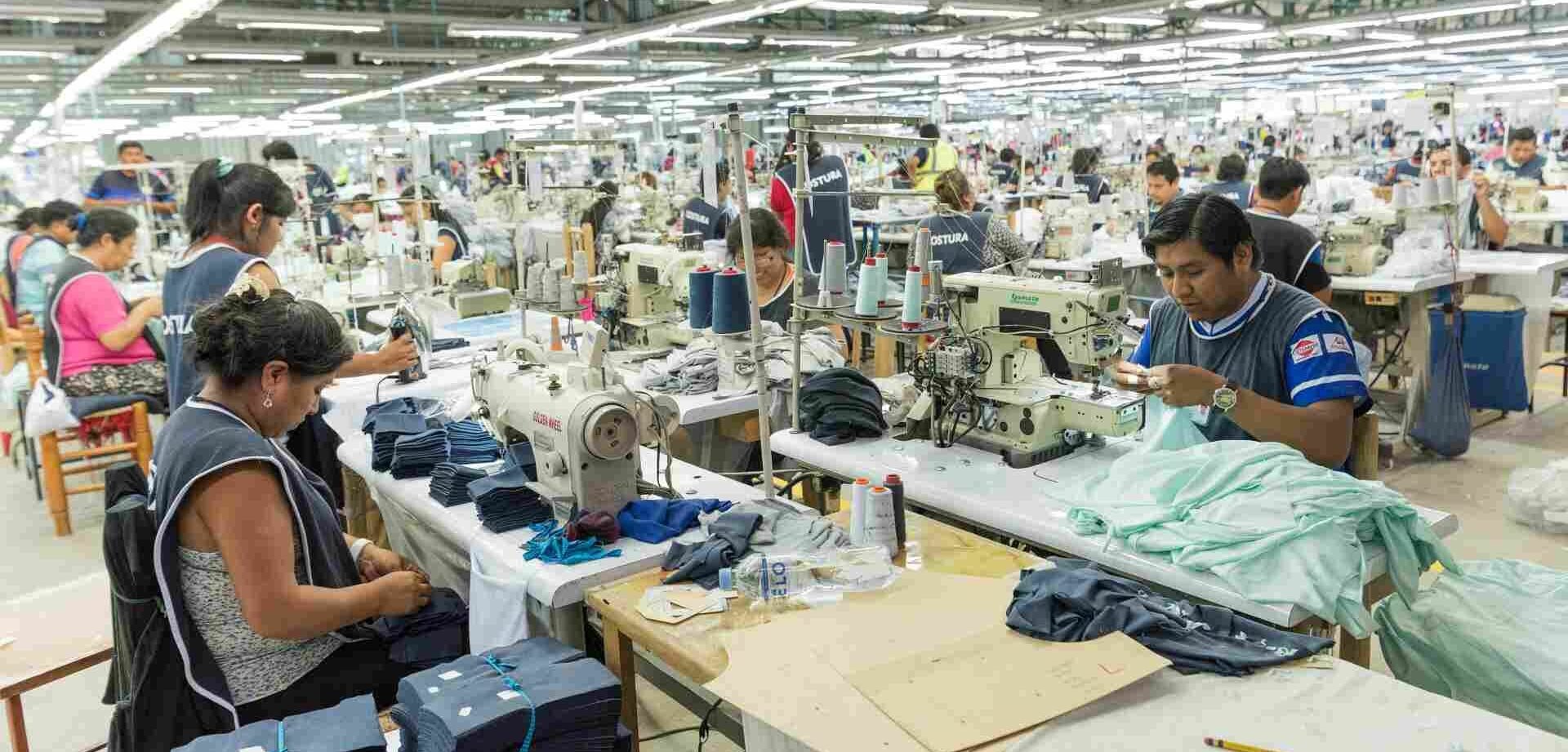The business model that the fashion industry is currently using is known as the linear economy. In this model, big amounts of resources are being used in order to produce large quantities of clothing pieces that will be worn in a relatively short period of time, and after that, they will turn into waste.
This model focuses on big-scale manufacturing and at a consumption rate that keeps growing every year. Fashion brands offer micro-seasons that last only a few weeks and consumers are eager to buy the latest release.
The use of this model during the past centuries has put the textile and apparel industry on the global agenda as one with a high environmental impact. Fashion is responsible for 10% of the global carbon emissions, an enormous amount of global waste generation, and 20% of the global wastewater, according to Global Fashion Agenda.
But this is not all, the industry is also using over 15 000 different chemical substances during the different stages of the manufacturing process.
The linear economy model is not working. It is consuming major quantities of resources, using enormous amounts of energy, and generating waste all over the world.
Trying to solve this situation, there has been born a new model that seeks the opposite of linear economy: circular fashion, with the main goal of reducing the industry’s environmental impact.
But what is circular fashion?
Circular fashion is an alternative model that promotes that products and resources do not become waste easily, but they can keep their value on time. Therefore, the amount of waste generated by the fashion industry can be considerably reduced.
It is definitely more than recycling, as it represents an innovative industrial and economic model. Circular fashion is a restorative model, that aims to optimize the use of resources, minimize the extraction of virgin resources and increase the use of renewable energy sources.
In this way, the fashion brands will be manufacturing more responsible and non-toxic clothing pieces, ensuring materials can continue to add value even after being disposed.
It is, without a doubt, a huge opportunity to increase the value of current businesses and to reduce the environmental footprint of the fashion industry.
How is STN working with circular fashion?
In the pursuit of our goal to guide our clients and partners to become more sustainable, we have worked together to develop different actions that allow them to introduce into circular fashion.
For example, we have a product portfolio with recycled polyester and organic cotton, fibers that need less water. In addition, we are compensating the emissions of our industrial processes, supporting communities to increase their life quality, and working to exercise control over all the stages of the supply chain. All of these actions are coordinated efforts in order to reduce the environmental impact and help our clients to become more sustainable brands.
Our main goal is that our clients develop a sustainable mindset, knowing that responsible practices without involving higher costs are possible to achieve.
At Southern Textile Network we are proud to be part of the Peruvian apparel manufacturers that are leading sustainability efforts. Whether you are looking to produce premium polo shirts, premium golf apparel, premium pima cotton tee shirts, performance polo shirts, high-end polo shirts, or cotton apparel, we will offer you a verified and certified platform that respects and promotes circular economy.
If you want to know more about our initiatives, follow us on social media and subscribe to our newsletter.



